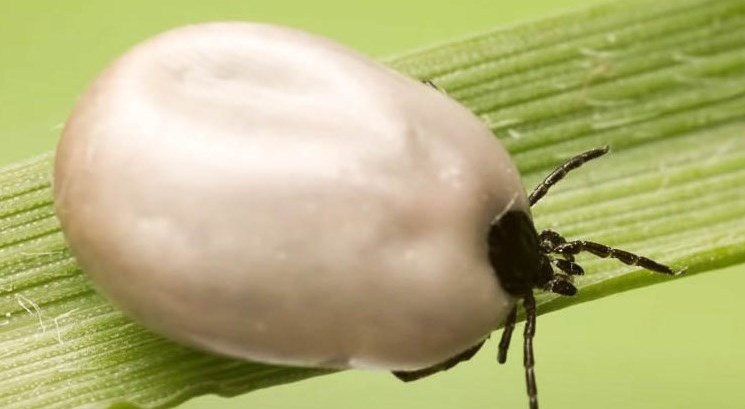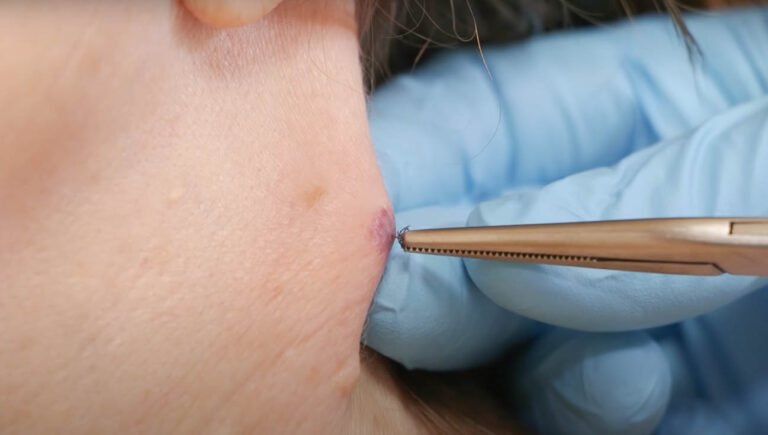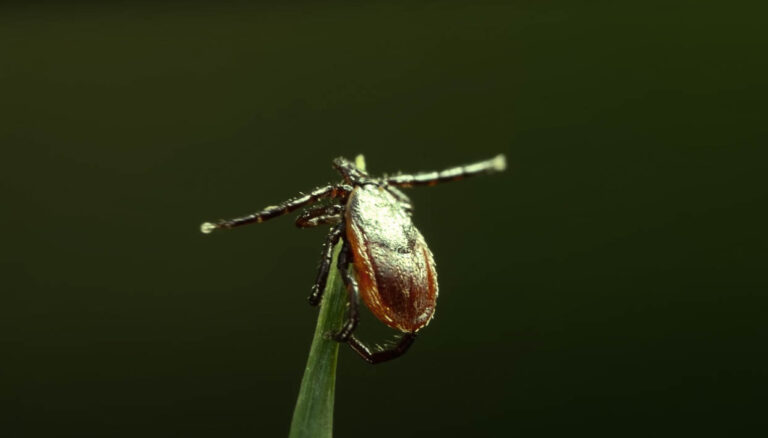About Soft Ticks
About Soft Ticks
Soft ticks belong to one of the two major families of ticks. They are known for distinguishing physical features such as their leathery bodies. Soft ticks are also important disease vectors. The hardy insects can spread diseases like relapsing fever and Lyme disease.
Appearance
Soft ticks do not have a hard scutum, a distinguishing feature from the hard ticks. Soft ticks also have hidden mouthparts. The mouthparts of soft ticks are located at the underside of their bodies. The ticks also have rounded lateral edges. The oval body of soft ticks is another distinguishing feature, distinguishing them from the hard ticks.
The average length of soft ticks is ¼ of an inch. The color of their bodies ranges from dark-brown to sandy brown and red-brown. Because they lack hard scutum, soft ticks have a flesh-like appearance.
Behavior

Soft ticks belong to the Argasidae family. The Argasidae family has about 193 species. The number of genera in the family has not been established. Some of the identified genera of the family are the Antricola, Otobius, Nothoaspis, Argas, and Ornithodoros.
Although they do not possess hard scutum, it is noteworthy that the ticks can withstand desiccation. Soft ticks could survive long periods of dryness.
Just like hard ticks, soft ticks are external parasites that feed on blood. The species and genera of soft ticks have distinctive features that influence their distribution. They typically maintain close associations with possible hosts. Soft ticks that infest birds belong to the genus Argas. Those that infest rodents belong to the genus Ornithodoros. Because ticks in these genera attach to hosts found around human environments, they are the most commonly encountered ticks.
Soft ticks are carriers of diseases that they pick up from the infected hosts. The Ornithodoros genus is particularly known as a disease vector. The ticks can spread relapsing fever which is caused by a spirochete that is present in the rodents they infest.
The rodents that carry the Ornithodoros soft tick could be found in barns, secluded buildings, and cabins. If a location is heavily infested by rodents, the chances of a soft tick infestation are high. The ticks could also infest humans in such structures. That way, they transmit diseases like relapsing fever.
Argas soft ticks could be found in farms especially poultry farms with pigeons. Pigeons typically carry a species of the Argas soft tick. Soft ticks are described as secretive parasites. They rely on terrestrial hosts for their blood meals. Even if they do not have blood meals regularly, soft ticks can survive for long periods. They are also known to be carriers of a lot of diseases.
Life Cycle
The life cycle of soft ticks has four stages: the eggs, the larvae, the nymphs, and the adults. The female produces large quantities of eggs after they take blood meals. The eggs develop into larvae under suitable environmental conditions.

Larvae of soft ticks attach to suitable hosts from which they take blood meals. They take blood meals for molting. The larva takes blood meals, increases in size, and molts into another form. After several molting, the larvae become nymphs. The nymphs also need blood meals to develop into adults.
It is noteworthy that the life cycle of soft ticks typically takes longer than the hard ticks.
Habitat
Soft ticks are most commonly found in South Asia. In the US, the common soft ticks include the common fowl tick and the relapsing fever tick. Both species of ticks are found in close associations with their main hosts.
Rodents are the main hosts of the relapsing fever tick. Birds are the main hosts of the common fowl tick. Although humans are not their main hosts, they can infest and transmit diseases to humans.




